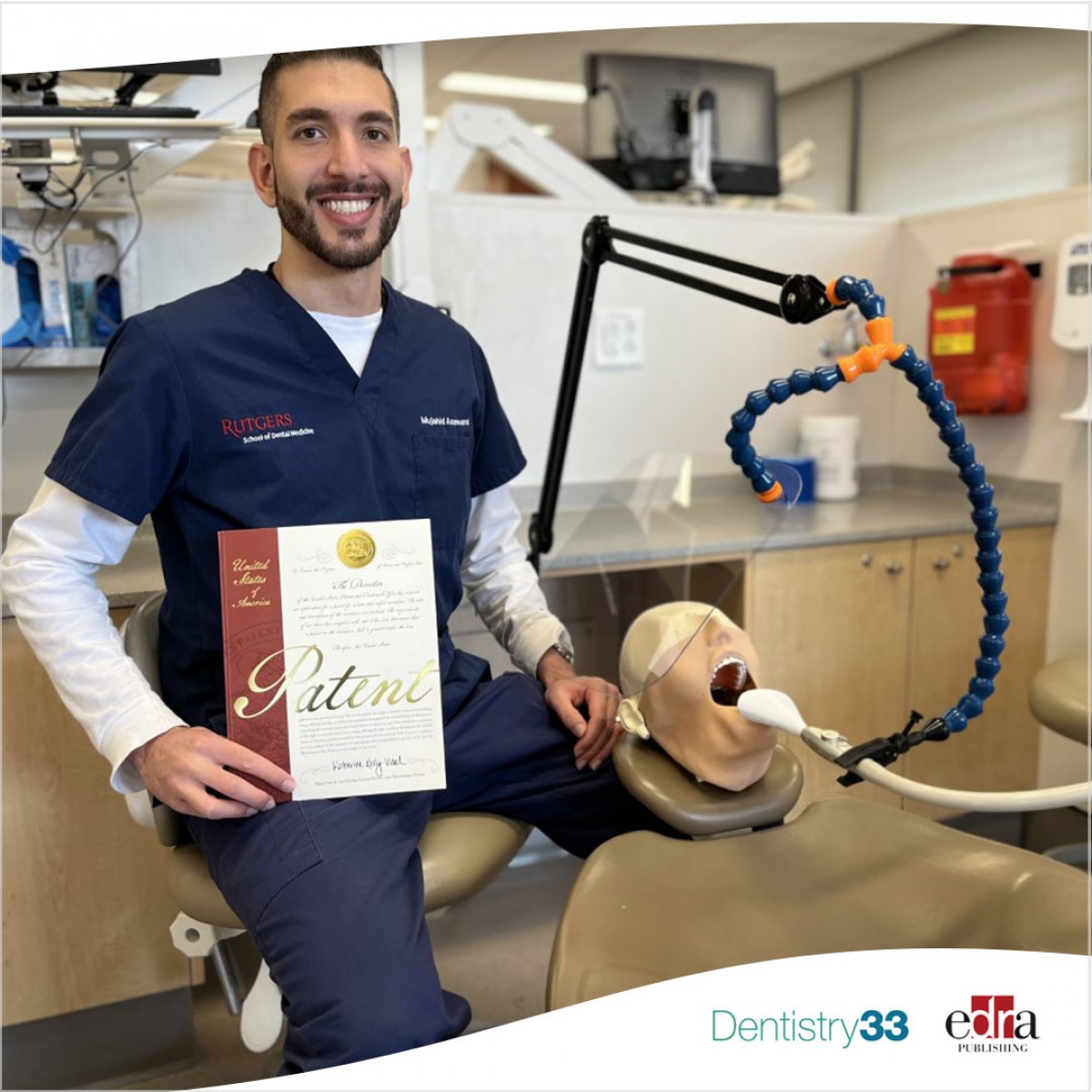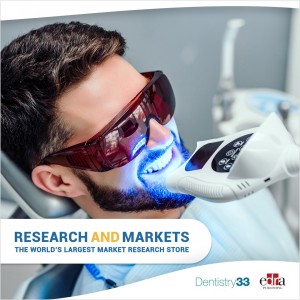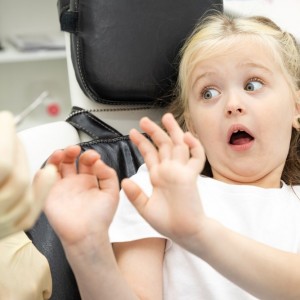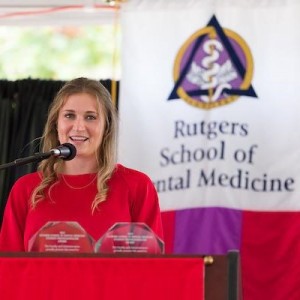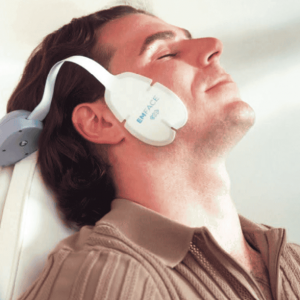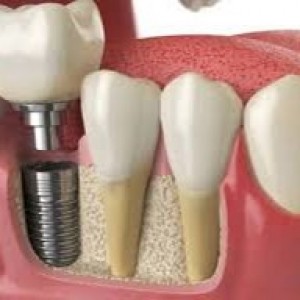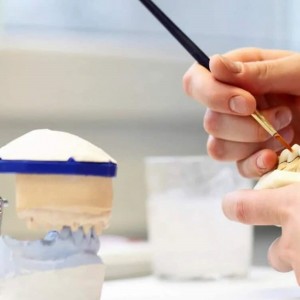
First-year Rutgers School of Dental Medicine student gets patent
By Kardelen Koldas
A former mechanical engineer, Mujahid Asamarai ’26 is trained to solve problems. Knowing this, his brother Muath Asamarai, a dentist in Minnesota, turned to him when he needed help exploring ways to protect his patients and staff against COVID in his office. Mujahid Asamarai was up for the challenge.
“[My brother] really wanted to make people feel safe,” said Asamarai, who flew out to assist on-site. At the time, it had just been a year since he quit his job as an engineer in a medical device company to shift careers, and he was immersed in a post-baccalaureate program in New Jersey, preparing for dental school.
That Minnesota trip led Asamarai to the most unexpected place: his first patent.
According to a university news story, the brothers installed shields around the office and implemented fogging among other measures. However, the main concern was the aerosol produced by motorized instruments, like a dental drill and an ultrasonic scaler, as the aerosol can carry viruses and bacteria. To mitigate aerosol spread, the duo looked for a readily available product but couldn’t find anything suitable.
“That's when I thought this shouldn't be this hard,” said Asamarai. He began designing a solution in a computer-aided design (CAD) program. Next, he got off-the-shelf parts and printed the rest with his brother's 3D printer. Within a few weeks, he created the Dental Aerosol Protection System.
The system, now patented by Asamarai, is twofold. First, an adjustable, self-balancing shield goes in between the patient and practitioner to block aerosols from the patient’s mouth. Second, a 3D-printed aerosol collection funnel, which can be plugged into a dental chair’s high-volume suction, sucks up the aerosols coming out of the patient’s mouth.
"It wasn't incredibly expensive and wasn’t invasive to the operatory, which was important for him,” said Asamarai. “It could be installed and removed without causing any damage to the operatory or dental chair.”
This simple yet crucial setup felt like any other solution that Asamarai found. “It just felt natural,” he said. “It was only until discussing with family that they said, ‘if nothing like it exists on the market, maybe you should consider patenting it.”
He took the advice and filed the patent, which was granted in December 2022. The Dental Aerosol Protection System is still in use at his brother’s office as well as a few other dental offices in New Jersey.
Asamarai's love of working with his hands was what led him to engineering, and the desire to help people was why he went into the medical device industry. But he yearned for the opportunity to work more with his hands and experience a more direct patient interaction.
Seeing this, his brother suggested he take a day off and see his day-to-day as a dentist. In the practice, Asamarai saw his brother use a CAD/CAM scanner and milling machine — both of which he was familiar with from engineering school — to prepare and deliver a same-day crown. “He was explaining to me the engineering, the design behind it, and I was blown away,” recalled Asamarai. “That really drew me into dentistry. After that, I gave it a few months of critical thought and decided to switch careers.”
Now he is a first-year student in RSDM’s DMD program. “I want to become an amazing dentist,” he said, “and I came to Rutgers because of its strong reputation of producing some of the best.”
He has already been learning a lot.
In his “Fixed Digital Prosthodontics” class, he was introduced to the Computerized Assessment Laboratory, where he could scan his own crown preps and assess them digitally. “It was very cool, and we're fortunate to get exposed to this technology this early,” he said. “I love digital dentistry and the innovative side of it. I want to always be on the cutting edge.”
Read the original story on the school's news site.
 Related articles
Related articles
Digital Dentistry 17 June 2025
Clinical relevance of digital dentistry during COVID-19 outbreak: a scoped review
o perform a scoped literature review on advantages of digital workflows in dentistry that could be widely adopted to address safety issues raised during the coronavirus (COVID-19) pandemic.
Oral pathology 23 December 2024
Oral Pathology in COVID-19 and SARS-CoV-2 Infection—Molecular Aspects
This review article was designed to evaluate the existing evidence related to the molecular processes of SARS-CoV-2 infection in the oral cavity.
Oral Hygiene & Prevention 07 August 2024
Dental Patient Management in the Context of the COVID-19 Pandemic: Current Literature Mini-Review
Considering dental data gain associated with COVID-19 in the last few months of 2020, it is highly important to provide an assertive critical literature review with the categorization and...
News 19 September 2023
Dentists report insurance reimbursement rates decreased: ADA research
Dentists report that dental insurance reimbursement rates have decreased over a span of 12 months, according to the August Economic Outlook and Emerging Issues in Dentistry poll from the ADA Health...
News 15 September 2023
Procter & Gamble, Colgate, GSK drive strong growth in oral care market: report
The global oral care market has experienced substantial growth, with an impressive increase to $45 billion in 2023.
 Read more
Read more
Oral Hygiene & Prevention 23 October 2025
In healthcare, the need to pay more attention to the achievement of two objectives within the society arises: health promotion and prevention in terms of nutrition, good education, sport, and...
Editorials 23 October 2025
On Sept. 10, 2025, Rutgers School of Dental Medicine (RSDM) welcomed the Class of 2029 and the Internationally Educated Dentists joining the Class of 2027 with a time-honored tradition—the White...
Products 23 October 2025
Bringing Innovation to TMJ Management With EMFACE Technology
Jonathan B. Levine, DMD, a New York City prosthodontist, explains how EMFACE is helping treat TMJ, and why his practices regularly use the technology for cases involving muscle spasm, hyperactivity,...
News 23 October 2025
The global dental implants market is projected to grow from USD 5.45 billion in 2024 to USD 15.41 billion by 2035, expanding at a CAGR of 9.95% from.
News 23 October 2025
Standard Dental Labs Inc. (OTCQB: TUTH) (“SDL” or the “company”) announced today that it has begun preparing financial and operational materials for auditor review in connection with another...


